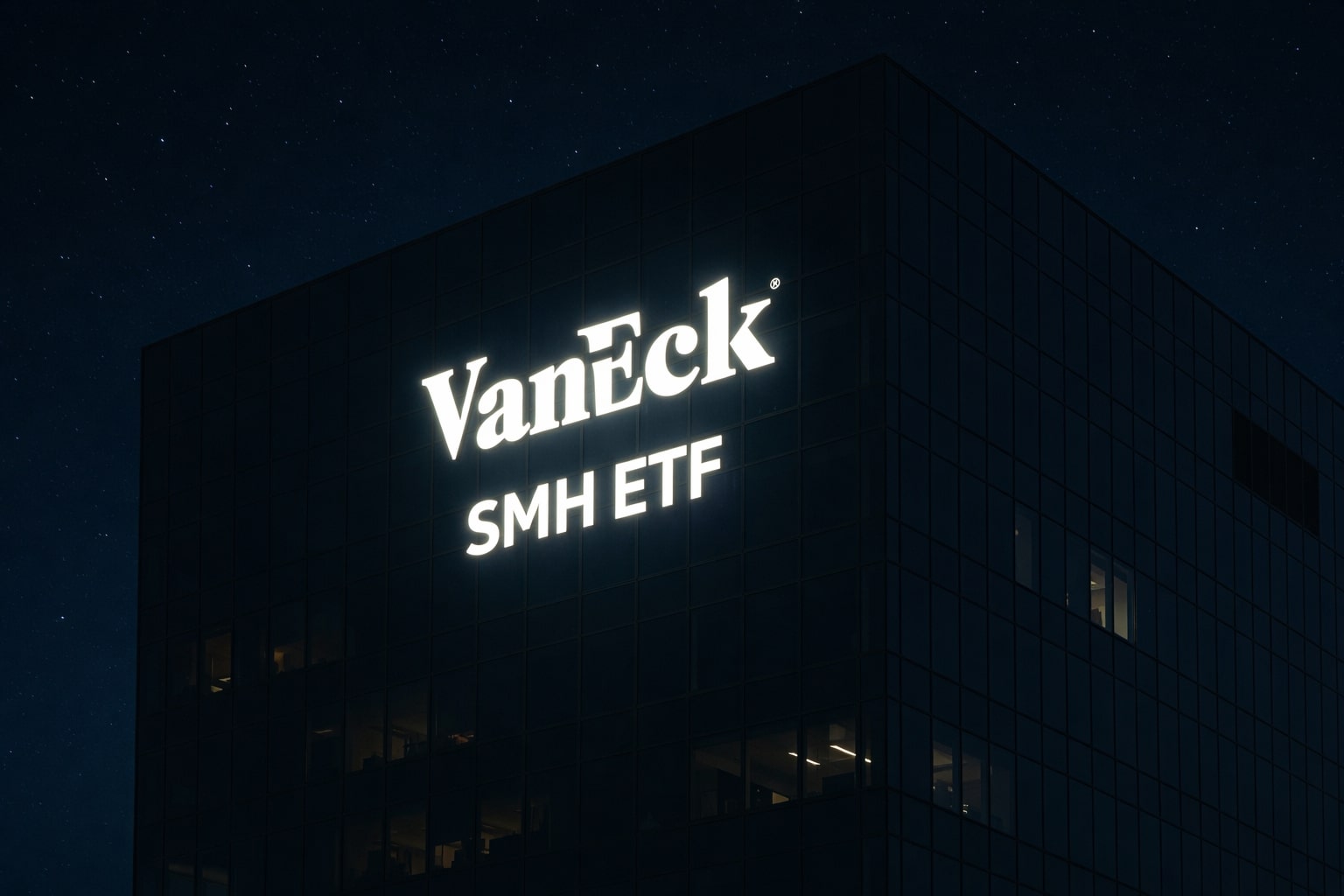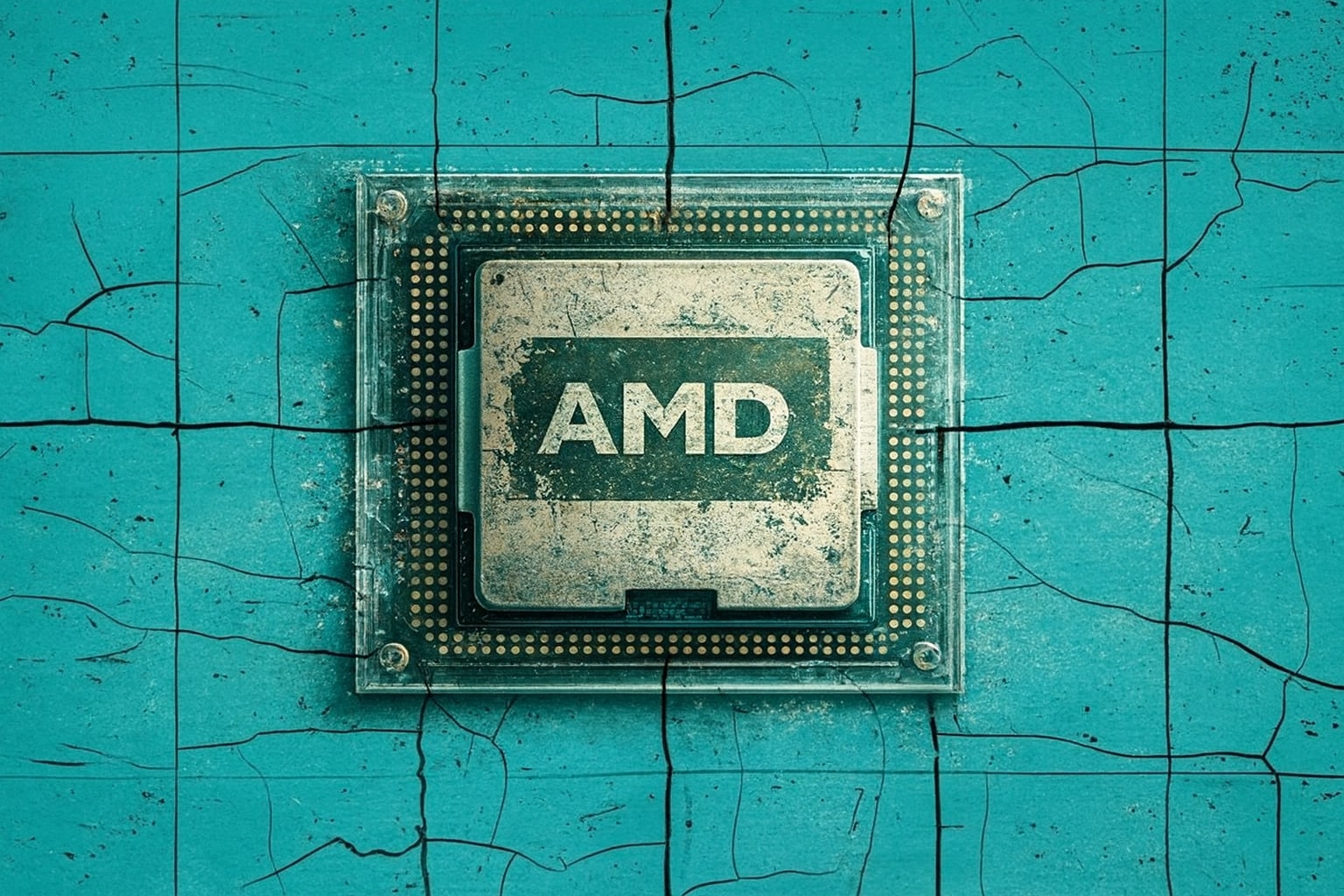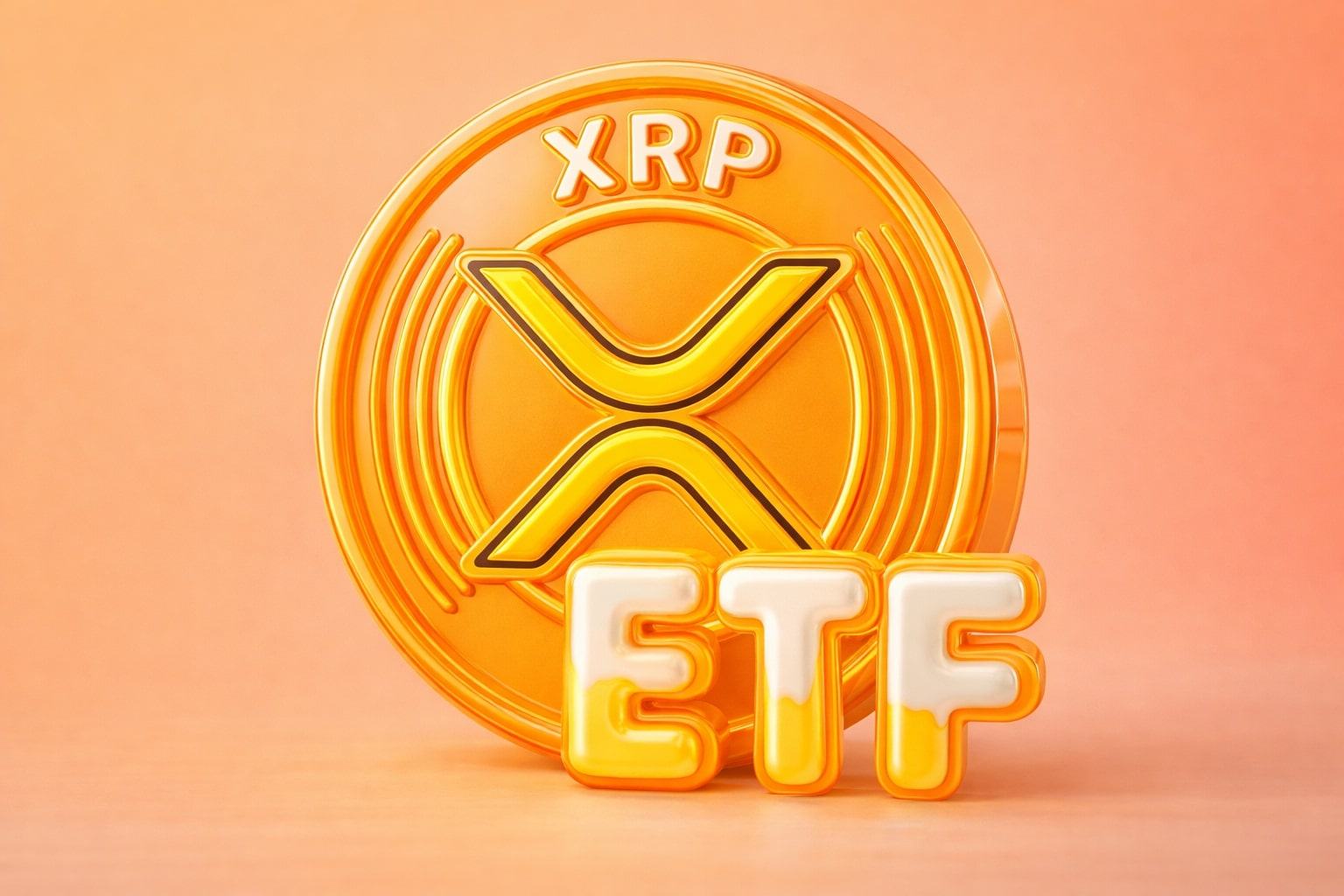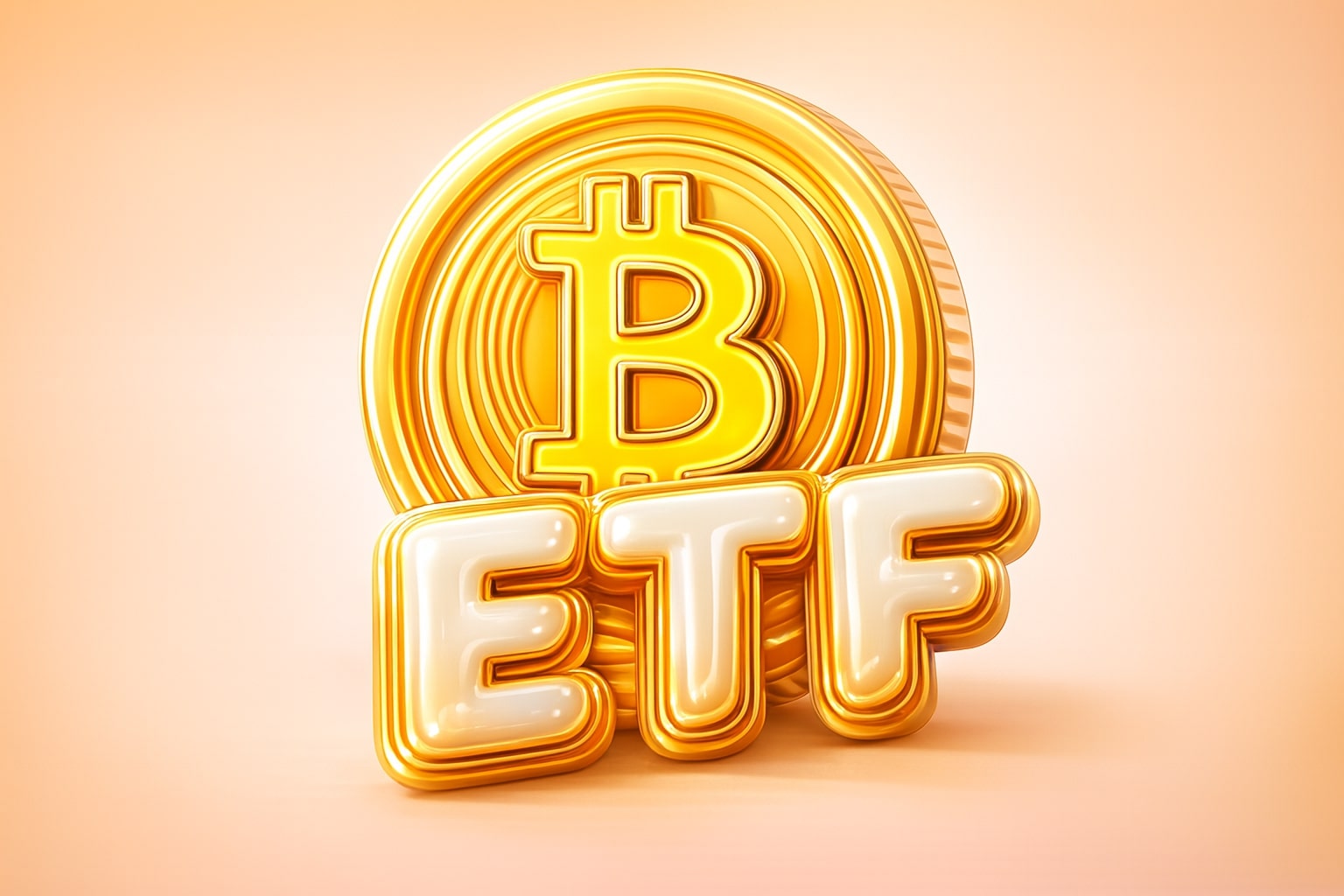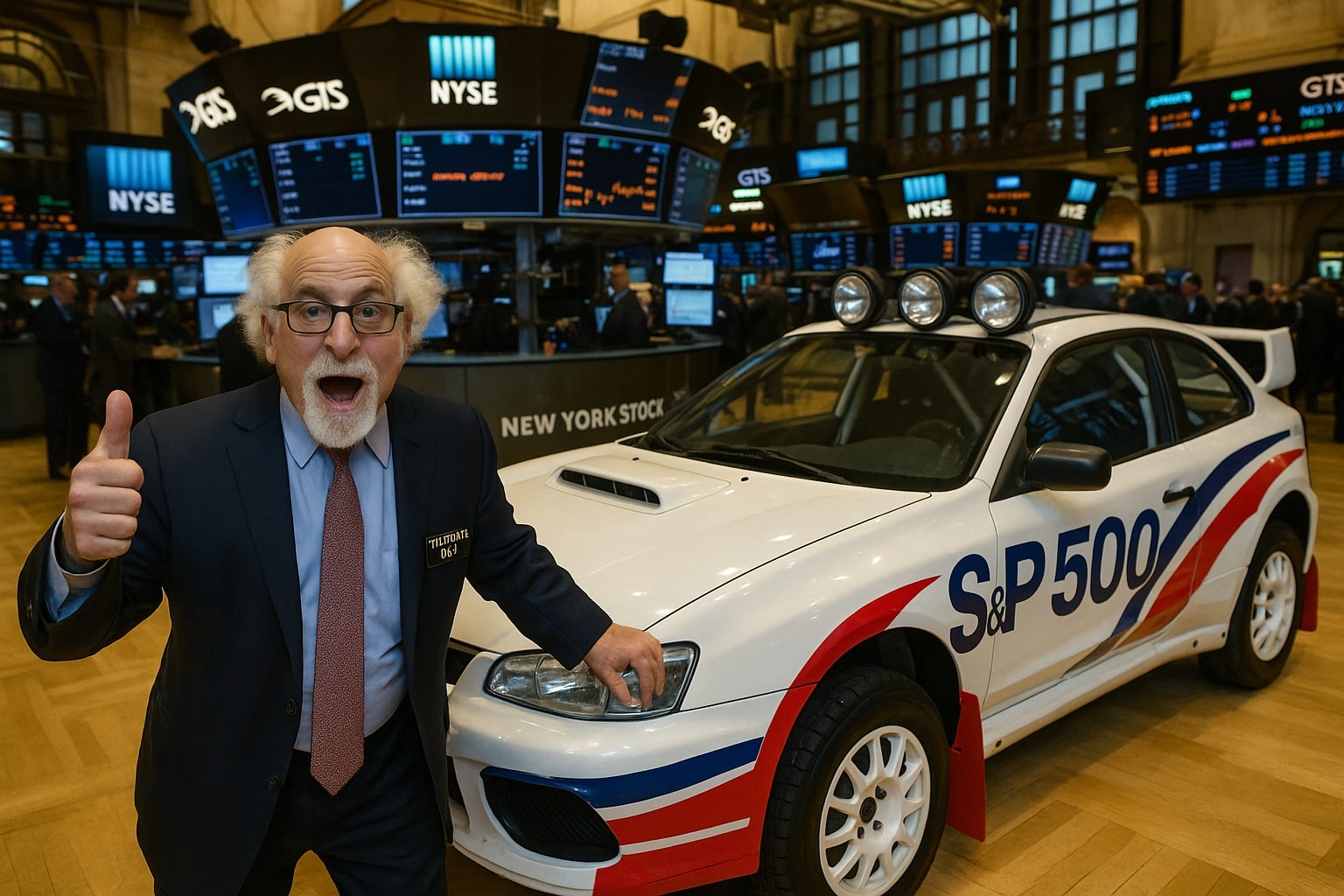
S&P 500 Powers to 5,655 on Ninth Straight Win—What’s Behind This Historic Rally?
Nasdaq and Dow Climb as Jobs Beat Fuels Risk Appetite, Oil Holds Near $60 and Gold Tests $3,240—Will the Upside Persist? | That's TradingNEWS
Markets Extend Historic Rally as April Jobs Ease Recession Fears
Friday’s nonfarm payroll report shattered expectations, revealing a gain of 177,000 positions in April versus the 133,000 economists anticipated, and keeping the unemployment rate steady at 4.2%. The S&P 500 (^GSPC) surged 0.7% to close at 5,655.18, marking its ninth straight day of gains—its longest winning streak since November 2004—and pushing year-to-date returns to 13.2%. The Dow Jones Industrial Average (^DJI) added 421 points, or 1.0%, finishing at 43,601.92 as heavyweight names like Boeing (BA) and Caterpillar (CAT) rallied on stronger manufacturing orders, while the Nasdaq Composite (^IXIC) climbed 0.9% to 18,081.34, bolstered by renewed interest in semiconductor chipmakers and cloud-software providers. Despite first-quarter GDP contracting at an annualized 0.3%, these employment figures have traders recalibrating away from recession fears and leaning into risk assets.
Tech Titans Weather Tariff Headwinds but AI Momentum Persists
Apple (AAPL) shares fell 4.8% to $203.13 after Services revenue of $26.65 billion slightly missed forecasts and management warned that tariffs would add approximately $900 million in Q3 costs. TradingNews real-time chart link for Apple here. Amazon (AMZN) edged up 0.2% to $178.45 despite reporting $143.4 billion in Q1 sales—above the $141.8 billion consensus—while cautioning that trade-policy pressures could shave 50 basis points off gross margins. Microsoft (MSFT) bucked the tariff gloom, jumping 1.2% to $322.44 after Azure revenue posted a blistering 35% year-over-year jump to $28.6 billion, signaling sustained enterprise demand for AI deployment. Meta Platforms (META) closed 1.5% higher at $512.30, driven by a 20% surge in ad revenues as AI-powered targeting tools improved return on ad spend. These results reinforce that, even amid macro headwinds, AI remains the primary growth engine across Big Tech.
Energy Sector Under Strain as Chevron Earnings Highlight Margin Squeeze
Chevron (CVX) shares dipped 2.1% to $136.07 after Q1 net income plunged to $3.50 billion ($2.00 per share) from $5.50 billion ($2.97) a year earlier, reflecting the 18% YTD slide in U.S. crude (CL=F) to $59.67 per barrel. Downstream margins compressed to $9.20 per barrel versus $11.40 last year, and capex of $5.9 billion aligned with guidance but underscored the trade-off between shareholder returns and project ramp-ups. The company’s planned $2.5–3 billion buyback for Q2, down from $3.9 billion in Q1, highlights potential constraints if WTI remains below $65. Meanwhile, U.S. crude inventories at Cushing rose 4.6 million barrels to 40 million, signaling oversupply. Traders can track real-time moves in Chevron at this link.
Asia-Pacific Markets Climb on Prospects of U.S.-China Trade Talks
Hong Kong’s Hang Seng (^HSI) led regional gains, jumping 1.74% to 22,504.68 as China’s Commerce Ministry confirmed evaluating U.S. overtures to negotiate tariff rollbacks. The Hang Seng Tech index soared 3.08% to 5,244.06. Tokyo’s Nikkei 225 (^N225) rose 1.04% to 36,830.69, buoyed by automaker exports, while the broader Topix (^TOPX) advanced 0.31% to 2,687.78. Australia’s S&P/ASX 200 (^AXJO) topped out 1.13% higher at 8,238, its strongest since February 27, driven by mining stocks benefitting from lower oil input costs. India’s SENSEX (^BSESN) added 0.33% to 73,410, supported by an 18% y/y surge in crude imports to 5.5 million barrels per day at a $20 discount on Russian grades, lifting refinery utilization to 94.3%.
Fixed Income and Volatility: Yields Edge Up as VIX Hits Four-Month Low
The CBOE Volatility Index (VIX) sank to 13.8, its lowest level since January, reflecting diminished market anxiety despite the looming end of the 90-day tariff pause. U.S. 10-year Treasury yields rose six basis points to 4.23%, pressing the 4.25% threshold that has historically dampened equity multiples. Investment-grade credit spreads tightened five basis points to 110 bps, and high-yield spreads compressed 15 bps to 365 bps, indicating robust risk-appetite. With only one Fed rate cut now priced in for 2025, duration bears are positioned defensively, shifting allocations toward floating-rate notes and short-dated corporates.
Commodities and Currencies: Gold and Dollar React to ETF Flows and Trade Sentiment
Gold (GC=F) traded near $3,240 an ounce after peaking at $3,500 last week, as technology earnings lured flows away from safe havens. Weekly CFTC data showed spec net-long gold positions fell by 12% to 122,000 contracts. The U.S. Dollar Index (DXY) slipped 0.3% to 101.45 amid China trade-talk optimism, exerting additional pressure on dollar-priced commodities. WTI futures remain capped below $60, while Brent (BZ=F) trades around $62.53, awaiting OPEC+ discussions on June 2 that could yield further output cuts to arrest the oversupply.
Positioning Ahead of Mid-Year Catalysts: Tactical Views
With OPEC+ set to convene June 2 and the next CPI print due May 10, markets face binary outcomes. If producers extend or deepen cuts, oil could rebound toward $70, igniting energy stocks for a short-covering rally. Conversely, a breakdown in trade talks or a resurgence in U.S. rig counts—up 15% since February to 530 rigs—could push WTI toward $55, warranting protective hedges via put spreads. In equities, I maintain overweight exposure to AI-enabled software and industrial cyclicals, expecting earnings growth of 10–12% in H2, while underweighting consumer staples as margins face tariff-driven cost pressures. A disciplined entry on any S&P 500 pullback to 5,600 offers a compelling risk/reward, with a stop at 5,550 and upside targets of 5,900 and 6,100 into year-end.
That's TradingNEWS
Read More
-
SMH ETF: NASDAQ:SMH Hovering at $350 With AI, NVDA and CHIPS Act Fueling the Next Move
16.12.2025 · TradingNEWS ArchiveStocks
-
XRP ETFs XRPI and XRPR: Can $1B Inflows Lift XRP-USD From $1.93 Back Toward $3.66?
16.12.2025 · TradingNEWS ArchiveCrypto
-
Natural Gas Price Forecast: NG=F Falls to $3.80–$3.94 as Warm Winter Kills $5.50 Spike
16.12.2025 · TradingNEWS ArchiveCommodities
-
USD/JPY Price Forecast - USDJPY=X Slides, BoJ 0.50% Hike, Fed Cut and NFP Set the Next Big Move
16.12.2025 · TradingNEWS ArchiveForex














